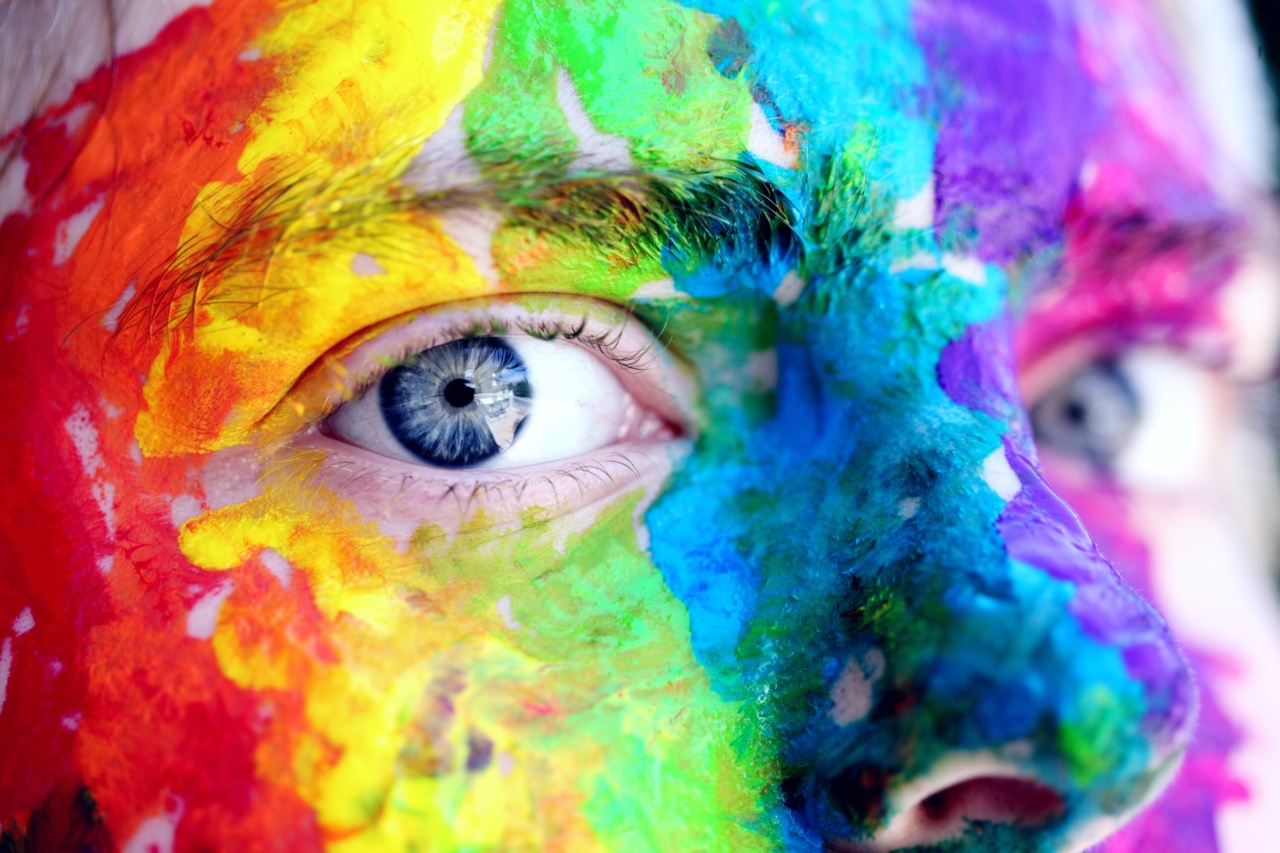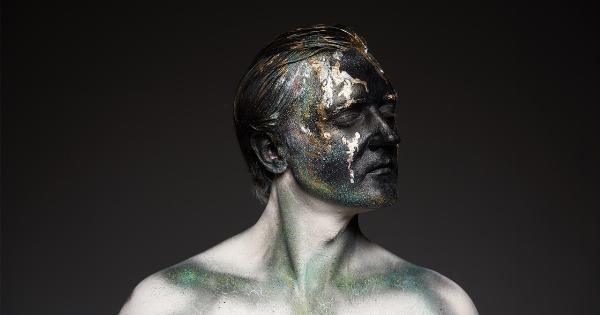There has long been speculation and debate surrounding the correlation between physical attributes and sexual orientation.
One common question that arises is whether the color of one’s eyes, particularly blue eyes, has any connection to an individual’s likelihood of being gay. In this article, we will delve deeper into the topic and examine the scientific research and theories that have been put forth to shed light on this intriguing question.
The Origins of the “Blue Eyes and Sexual Orientation” Theory
The idea that blue eyes could be linked to sexual orientation can be traced back to some anecdotal observations made by individuals over the years.
People began to notice patterns, albeit not scientifically proven, and rumors started to spread that individuals with blue eyes were more likely to identify as gay.
However, it is essential to emphasize that such observations hold no scientific basis and cannot be considered as evidence for any concrete connection between eye color and sexual orientation.
Eye Color Genetics
Before delving into the question further, it is pertinent to understand the genetics behind eye color. Eye color is determined primarily by the amount and type of pigments present in the iris.
The two major pigments involved in eye color are eumelanin, responsible for brown and black hues, and pheomelanin, which generates lighter colors such as green, hazel, and blue.
The genetics of eye color are quite complex, with multiple genes playing a part in determining the final shade.
Blue eyes are thought to result from a lack or low concentration of melanin, allowing the structural properties of the iris to scatter and reflect light, thus giving the appearance of blue.
The Lack of Scientific Evidence
Despite speculation and theories surrounding the topic, it is important to recognize that there is a notable dearth of scientific evidence supporting any connection between blue eyes and sexual orientation.
Numerous studies have been conducted to investigate possible links, but none have yielded conclusive results.
A study published in 2008 by Anthony Lee, an evolutionary ecologist, sought to determine whether eye color was a reliable indicator of sexual orientation. The research involved surveying a large sample of individuals from various demographic groups.
Ultimately, the study failed to find any significant correlation between eye color, specifically blue eyes, and sexual orientation.
Similarly, a study conducted by researchers from the University of Lethbridge in Canada in 2012 analyzed the iris pigmentation of a diverse group of individuals.
The study found no discernible pattern or correlation between eye color and sexual orientation.
What Influences Sexual Orientation?
Sexual orientation, including homosexuality, is a complex aspect of human identity that is influenced by a combination of genetic, hormonal, and environmental factors.
However, it is crucial to note that sexual orientation is not determined solely by physical attributes such as eye color.
Ongoing research in the field of genetics has identified certain genetic markers that may be associated with a predisposition towards homosexuality.
However, these markers are not related to eye color but rather involve various genes and genetic variations that impact sexual development.
Dispelling Stereotypes
It is crucial to dispel stereotypes and misconceptions surrounding sexual orientation, as they can perpetuate harmful biases and discrimination.
Linking eye color, or any physical attribute, to sexual orientation is an oversimplification that undermines the complexity of human sexuality and the diverse experiences of individuals within the LGBTQ+ community.
Sexual orientation is a deeply personal and multifaceted aspect of human identity that is influenced by various factors, including genetics, socialization, and individual experiences.
The focus should be on promoting understanding, acceptance, and equality, rather than attempting to make broad generalizations based on superficial characteristics.
The Importance of Individuality
It is essential to embrace and celebrate the unique qualities and identities of individuals.
Every person, regardless of their sexual orientation or physical attributes, possesses a rich and intricate combination of characteristics that contribute to who they are as a whole.
All humans deserve to be respected and valued for their individuality, rather than being stereotyped or judged based on societal assumptions or unverified claims.
By fostering an inclusive and accepting society, we can create an environment that appreciates and celebrates the diversity of human experiences.
Conclusion
The notion that blue eyes are an indication of someone’s likelihood of being gay lacks scientific support.
Extensive research and studies have failed to establish any significant correlation between eye color, specifically blue eyes, and sexual orientation. Sexual orientation is a complex aspect of human identity influenced by various genetic, hormonal, and environmental factors.
It is crucial to challenge stereotypes, promote understanding, and treat individuals with respect and acceptance, regardless of their eye color or any other physical attributes.




























